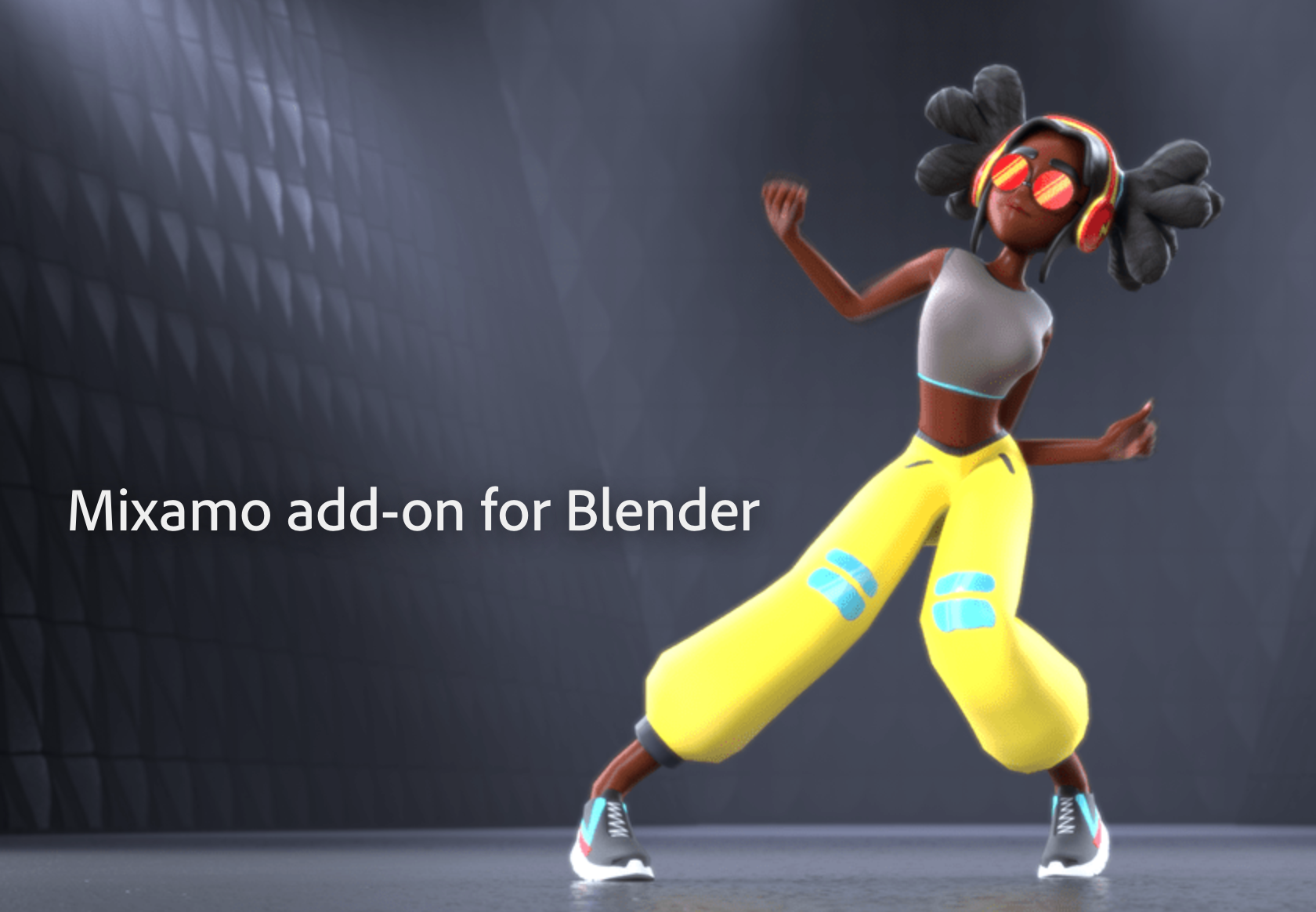Animation is an incredible art form that brings imaginary worlds to life. At the heart of this process, you’ll find an essential tool – a Blender rig. This device, among other techniques like skeletons and skinning, makes the creation of realistic, dynamic characters possible. This article aims to shed light on these intriguing components of professional animation.
Understanding The Fundamentals: What is a Rig?
In the realm of 3D animation, a rig refers to the digital skeleton of an animated character. Much like a human skeleton, it defines a character’s structure and movement capabilities. Each bone in the rig corresponds to a part of the character’s body, and the animator can manipulate these bones to create a vast range of movements. The flexibility offered by a rig is indispensable in creating expressive, lifelike animations.
Adobe states, “Try Mixamo add-on for Blender.”
Skeletons: The Backbone of 3D Animation
The process of rigging starts with the creation of a skeleton. Much like its real-world counterpart, this skeleton is a complex system of interconnected bones. In animation, each bone has a specific purpose. Some control broad, large-scale movements, such as running or jumping. Others cater to intricate details, like the curl of a finger or the furrow of a brow. The skeleton forms the foundation upon which all other aspects of animation rest.
Skinning: Giving Flesh to the Bones
Once the skeleton is in place, the next step is skinning. This process involves connecting the character’s surface, or skin, to the underlying skeleton. Each point on the skin is linked to one or more bones. When the animator moves a bone, the skin attached to it stretches and moves with it, creating a realistic illusion of movement. Skinning is a meticulous process, and the attention to detail it requires is what separates professional animations from amateur ones.
Inverse Kinematics: A Leap Forward in Realism
Among the many techniques employed in professional animation, one stands out for its transformative impact – Inverse Kinematics (IK). Traditional rigging and animation techniques, often called Forward Kinematics, involve moving each bone in the rig independently to create a desired pose or movement.
In contrast, IK allows the animator to manipulate the endpoint of a chain of bones, and the software automatically adjusts the positions of the connecting bones to achieve a natural-looking movement. This technique is especially useful in creating complex movements like walking, where the foot’s position can control the movement of the entire leg.
The Magic of Animation: Bringing Characters to Life
The process of creating professional animation is a combination of art and science. The science lies in understanding the mechanics of movement and the intricacies of software tools. Art comes in when breathing life into the characters. Using the techniques of rigging, skinning, and IK, animators create characters that move and express emotions in ways that captivate audiences.
Professional animation is an ever-evolving field. With the continuous advancement in technology and software like Blender, animators now have more tools at their disposal than ever before. The secrets unveiled in this article – the rig, the skeleton, skinning, and IK – form the bedrock of professional animation.
However, they are just the tip of the iceberg. The world of animation is full of endless possibilities and opportunities for creativity. With these powerful tools and techniques, animators will continue to push the boundaries of what’s possible, bringing more vibrant, dynamic characters to your screens.

